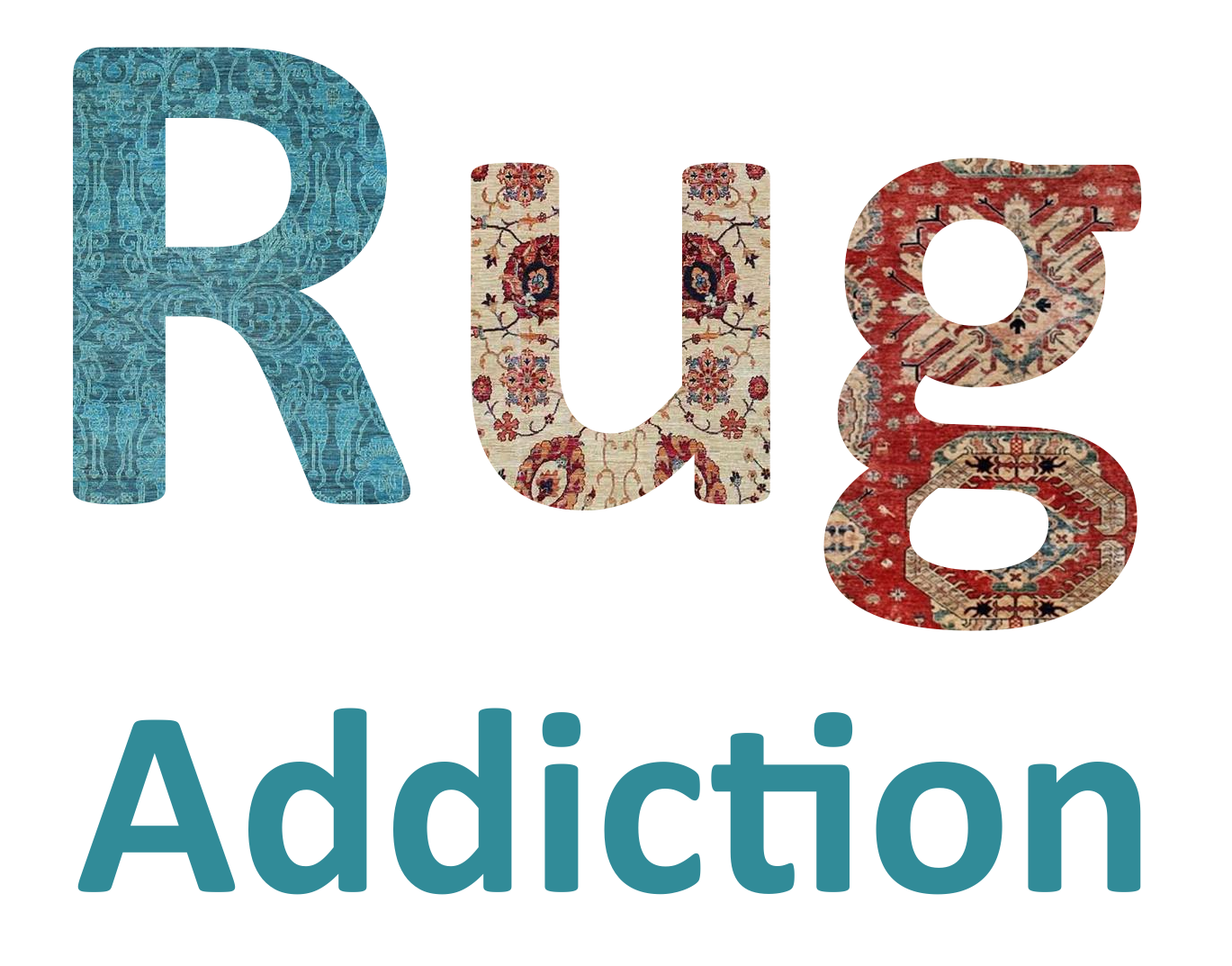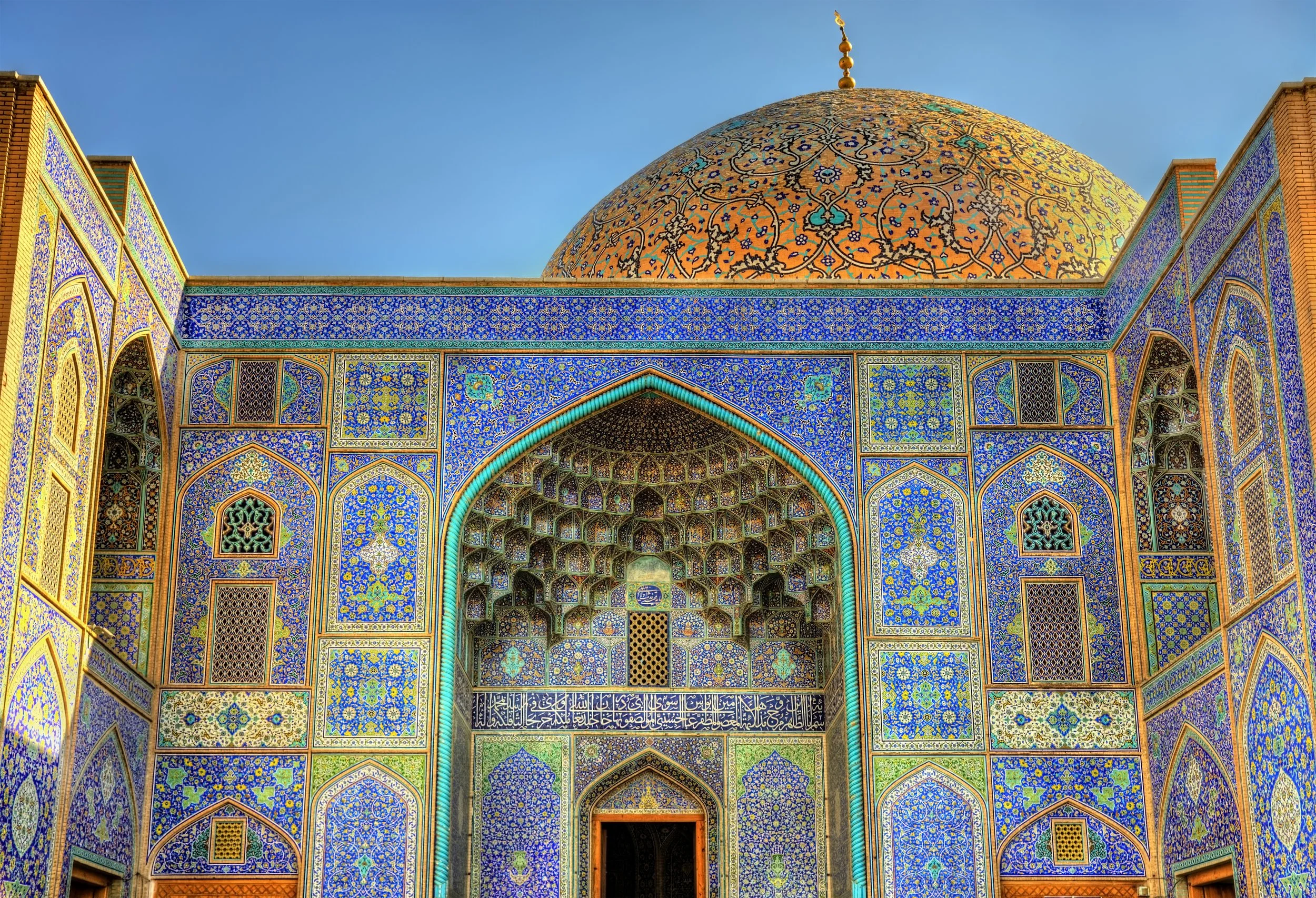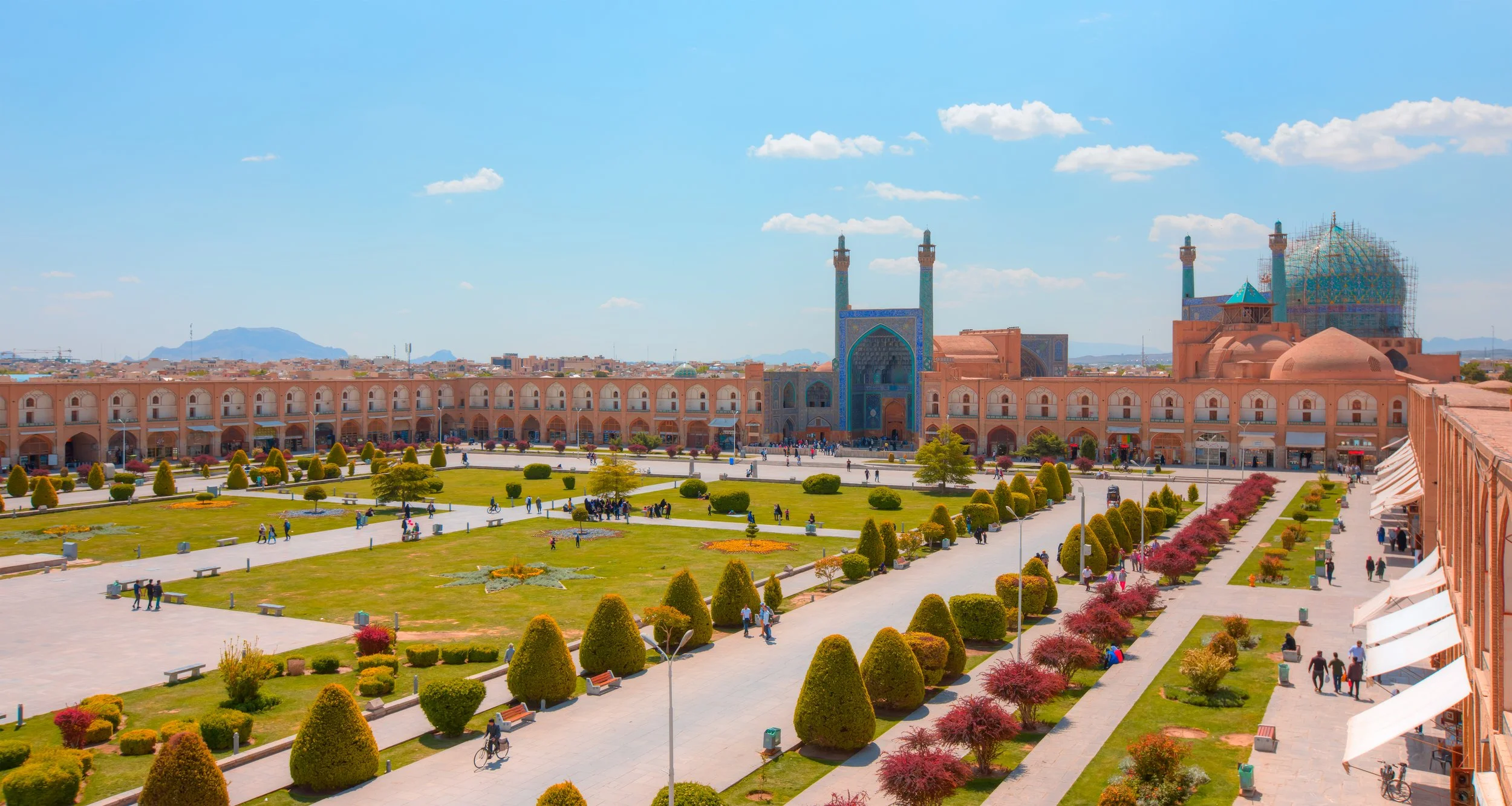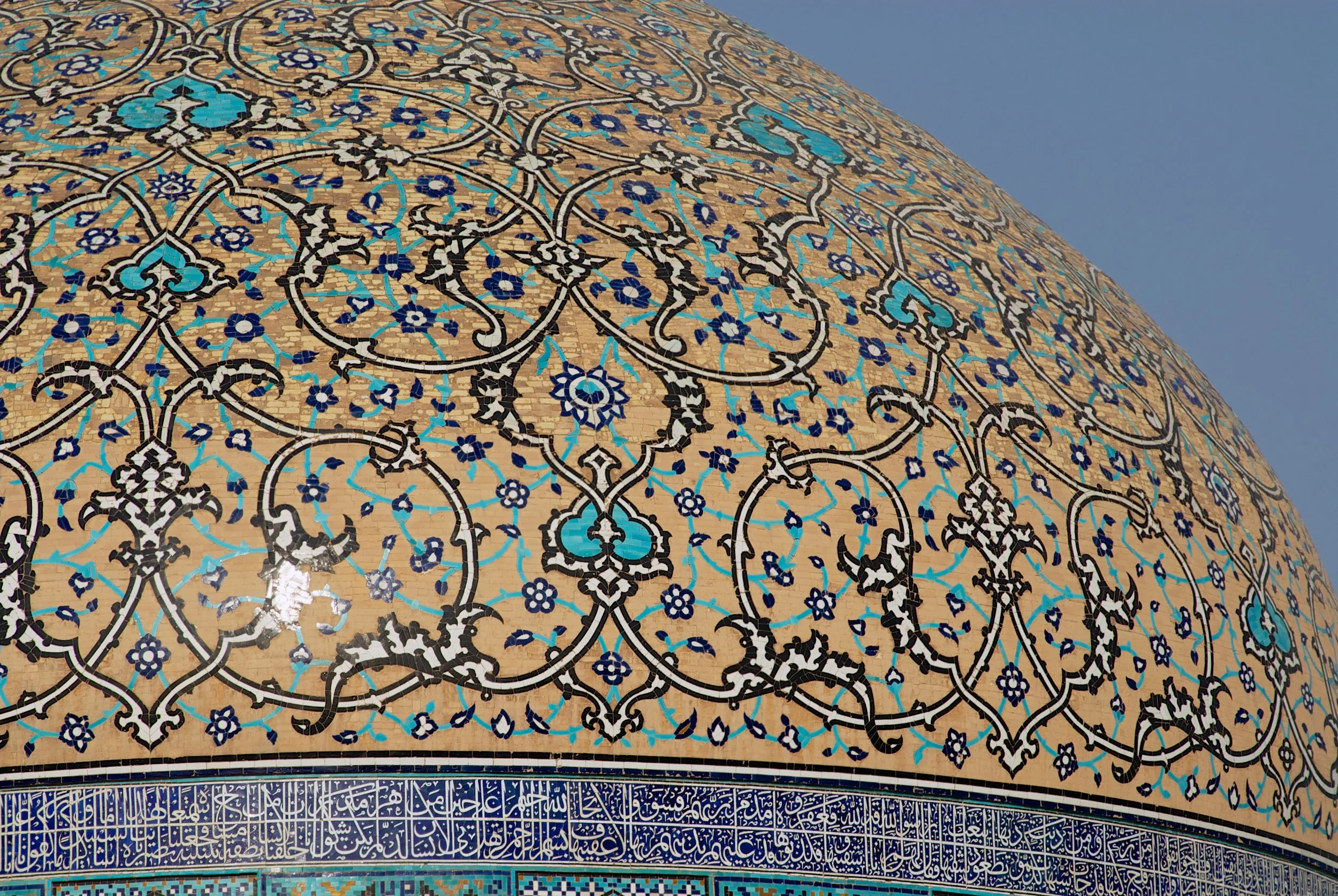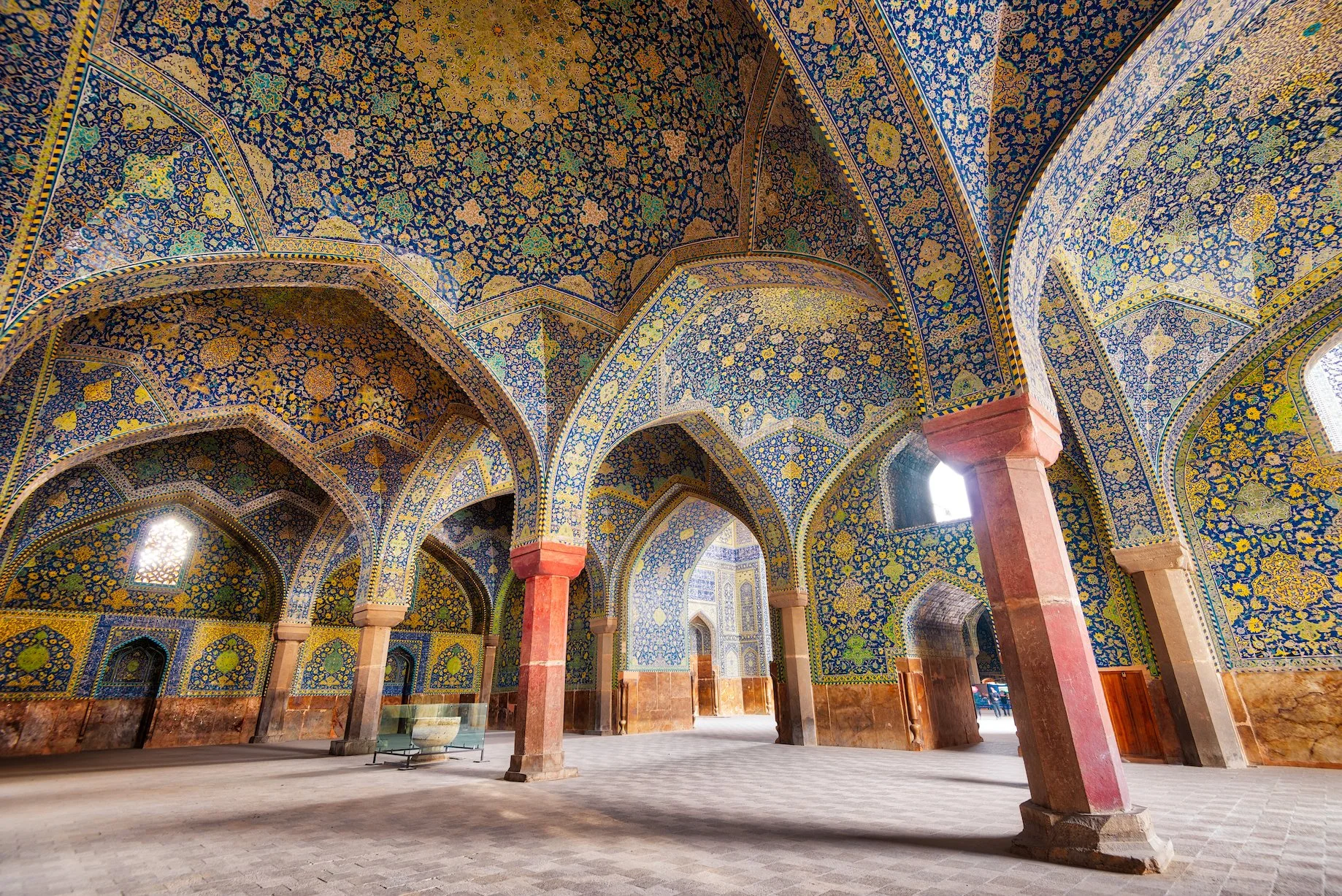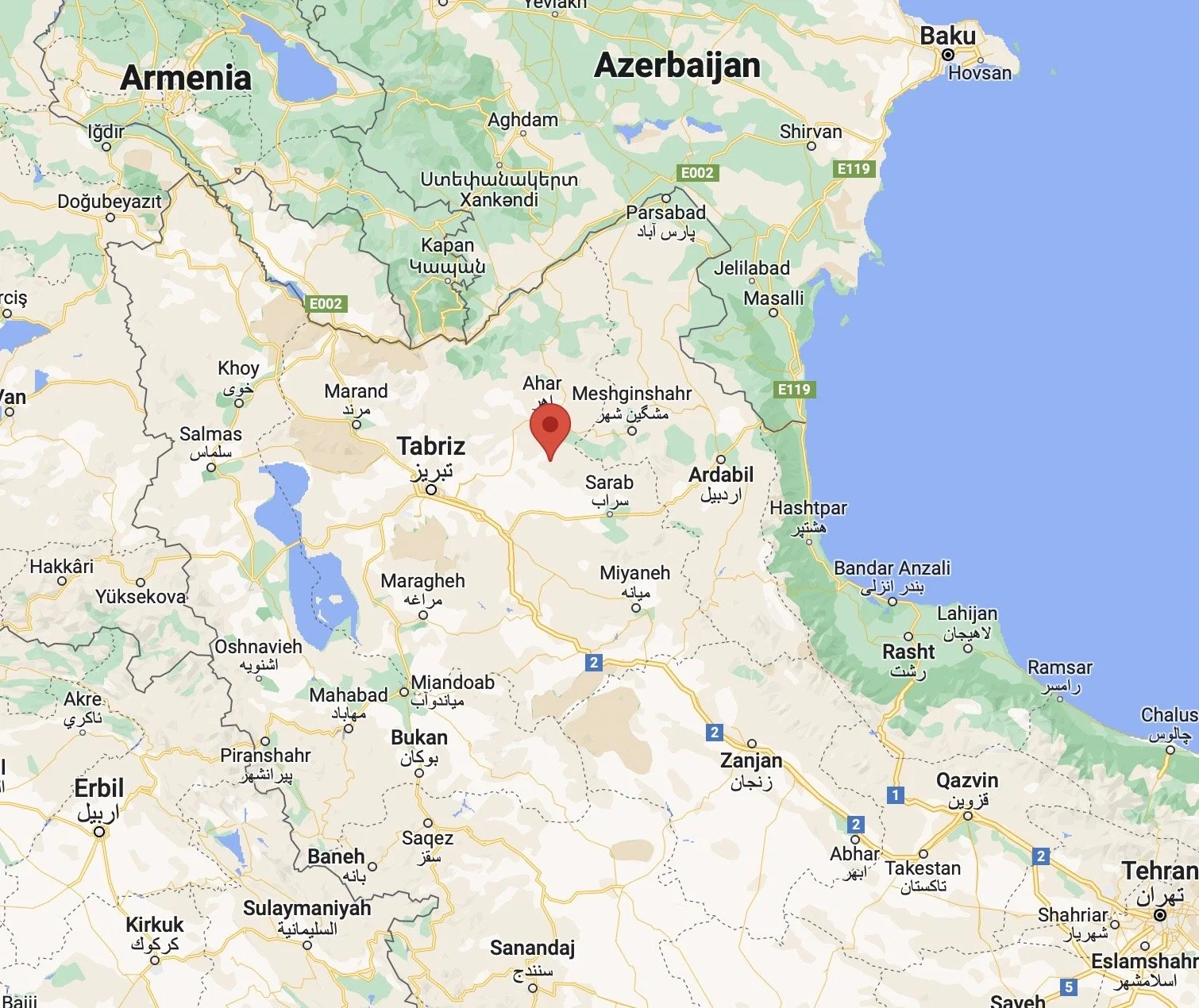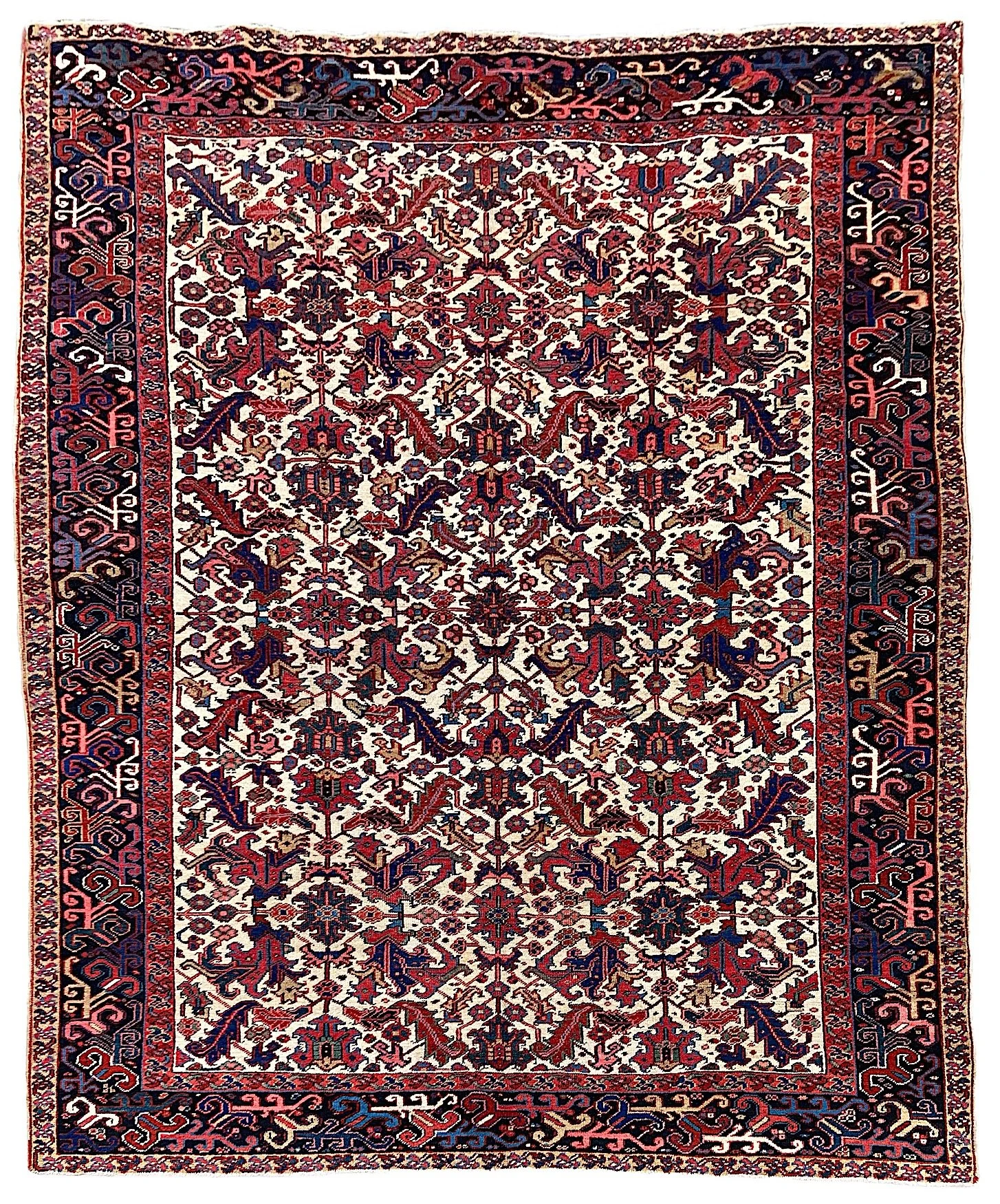Isfahan, the History Behind the Rugs
One of the highlights of my first trip to Iran in 1994 was a visit to Isfahan. I was blown away by the architecture and culture of the city and soon fell under the spell of it’s magical rugs!
Isfahan, located in central Iran, is one of the oldest and most significant cities in the country.
It’s history stretches back over 2,500 years, and the city has played a crucial role in shaping the cultural, political, and economic landscape of Iran. Here's a brief summary of the important historical periods of Isfahan:
Ancient Times: The area around Isfahan has been inhabited since prehistoric times, with archaeological evidence suggesting settlements dating back to the Palaeolithic era. The city's early history is intertwined with the ancient Elamite civilization and later the Achaemenid Empire, established by Cyrus the Great in the 6th century BCE.
Parthian and Sassanid Era: Isfahan gained prominence during the Parthian period (c. 247 BCE - 224 CE) and reached its zenith during the Sassanian Empire (224-651 CE). During this time, Isfahan was known as "Gavmishan" or "Gabian." The Sassanian kings constructed various monuments, palaces, and temples in the region.
Islamic Era: With the Arab conquest of Persia in the mid-7th century, Isfahan came under Islamic rule. During the Abbasid Caliphate, the city declined in importance but experienced a revival under the Seljuk Turks in the 11th century. It became a significant cultural and commercial centre along the Silk Road.
Seljuk and Mongol Period: In the 11th and 12th centuries, Isfahan was under the rule of the Seljuk Turks. During this time, the city flourished, with numerous mosques, madrasas, and other structures built. However, in the early 13th century, Isfahan faced devastation when the Mongols, led by Genghis Khan, invaded the region.
Sheikh Lotfollah Mosque
Naqsh-e Jahan Square
Timurid and Safavid Period: Isfahan experienced a cultural renaissance during the Timurid dynasty (1370-1507), but it was under the Safavid dynasty (1501-1736) that the city reached its golden age. In 1598, Shah Abbas I made Isfahan the capital of the Safavid Empire, and the city was transformed into a masterpiece of Islamic architecture. Magnificent buildings like the Naqsh-e Jahan Square, Imam Mosque, Sheikh Lotfollah Mosque, and Ali Qapu Palace were constructed during this period, making Isfahan one of the most beautiful cities in the world.
Exterior detail of the Sheikh Lotfallah Mosque
Afghan and Qajar Rule: The Safavid Empire declined in the early 18th century, and Isfahan faced challenging times during the Afghan invasion (1722-1729). Later, the Qajar dynasty (1785-1925) established control over Iran, and although Isfahan was no longer the political capital, it retained its cultural importance.
Modern Era: In the 20th century, Iran underwent significant political and social changes. Isfahan continued to be a cultural centre, and during the reign of Mohammad Reza Shah Pahlavi, the city experienced modernization and urban development.
Interior of the Shah Mosque at Naqsh-e Jahan
Present Day: Today, Isfahan remains a vital city in Iran, known for its rich history, stunning architecture, and vibrant culture. The city's landmarks have earned it a spot on UNESCO's list of World Heritage Sites, attracting tourists and historians from around the globe.
Overall, Isfahan's history is a tapestry of ancient civilizations, Islamic dynasties, and cultural achievements, making it a testament to Iran's rich heritage and historical significance.
Rugs
Isfahan rugs are renowned for their exceptional craftsmanship and artistic beauty. The history of Isfahan rugs dates back several centuries and is closely intertwined with the culture of the city. The production of these fabulous rugs has been a significant part of Isfahan's cultural heritage.
Ancient Roots: The art of rug weaving in the region of Isfahan can be traced back to ancient times. Persian carpets have a long history, and Isfahan played a crucial role in their development. The city became a prominent centre for carpet weaving during the Safavid dynasty (1501-1736 AD).
The Golden Age: The golden age of Isfahan rug production is often associated with the Safavid period. Under the patronage of Shah Abbas I (reigned 1588-1629), Isfahan witnessed a cultural and artistic renaissance. The Safavid court actively encouraged the creation of exquisite rugs and textiles, leading to an increase in the quality and diversity of Isfahan's carpet production.
Fine Craftsmanship: Isfahan rugs became famous for their intricate designs, fine craftsmanship, and high-quality materials. The skilled artisans of Isfahan utilised the asymmetric knotting technique, known as the Persian or Senneh knot, which allowed for greater detail in the designs.
Designs and Patterns: Isfahan rugs are renowned for their elaborate designs, often featuring floral motifs, hunting scenes, medallions, and intricate borders. The central medallion and corner patterns are common elements in Isfahan carpets, and they are known for their balanced and symmetrical layouts.
Decline and Revival: The decline of Isfahan rug production occurred during the early 20th century. Political instability, economic challenges, and the emergence of machine-made rugs impacted traditional craftsmanship. However, in the mid-20th century, there was a revival of interest in Persian carpets, and efforts were made to preserve and revive the art of weaving Isfahan rugs.
Modern Era: Today, Isfahan rugs continue to be prized and sought after by collectors and connoisseurs worldwide. Artisans in Isfahan and surrounding regions still produce these rugs using traditional techniques handed down through generations. The modern Isfahan rugs maintain the artistic brilliance and timeless appeal that made them famous throughout history.
